Photography 101 - The Exposure Triangle
Every photographer has had to at least heard of the Exposure Triangle, but for the new person in the industry, do you really understand what it means? Well that is what I am here for!
So the basic gist of the triangle is that there are three points that not only interact with each other, but are each explicitly necessary in order to create the "perfect" exposure.
What are the points???
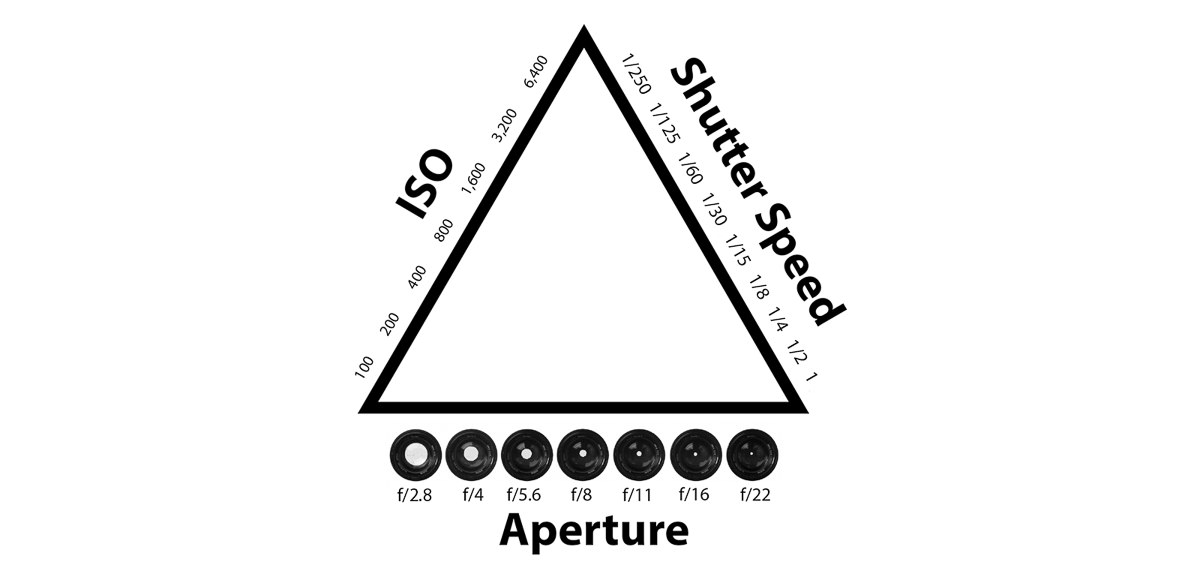
F-stop
Shutter Speed
ISO
Here is a break down of how they all work.
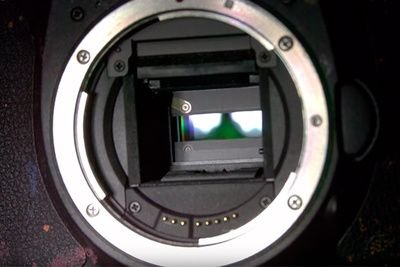
Shutter Speed:
Think of your camera as a house. And in your house you have a door that opens and closes. The door protects your sensor, which is what records the information and turns it into an image. So you door can open and close as fast as you like. The longer your day stay opens, or the slower your shutter speed, the longer your sensor is exposed to light.
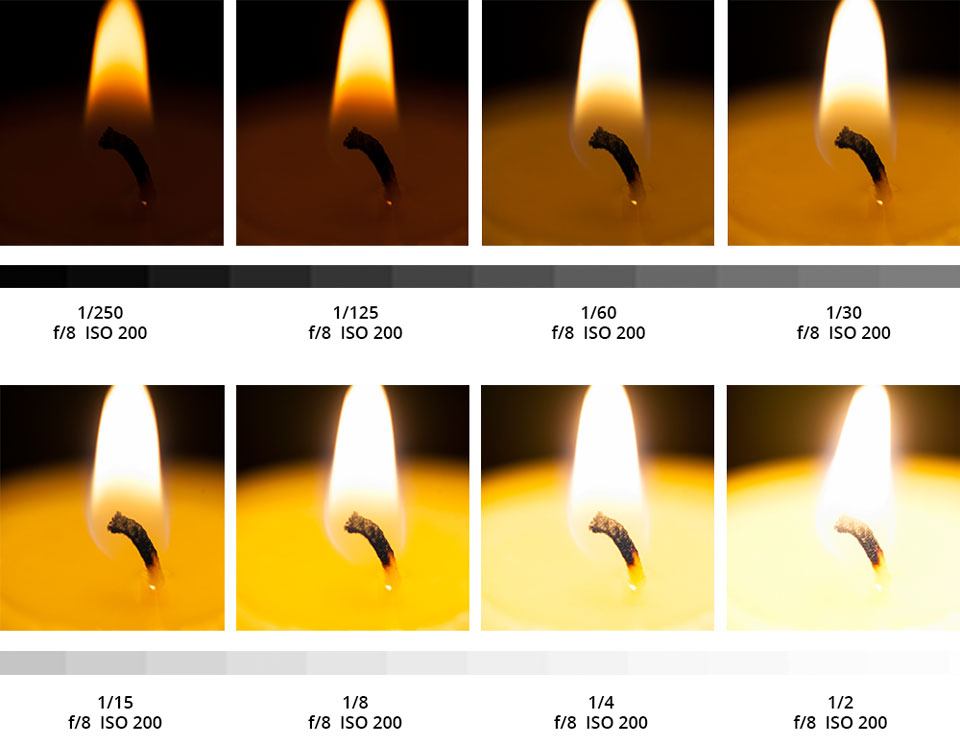
You camera can go as fast as 1/4000-1/8000 second, which is ridiculously fast. That is .000125 seconds (you blink at .1 seconds at most). And you camera can go as slow as 30 seconds, some even come with a bulb mode which will let you leave your shutter open for as long as you like.
So the faster the SS, the less length of light comes in. The longer you keep it open, the longer you let light accumulate on the sensor, making a brighter image.
F-Stop:
If SS is how fast the door opens and closes, the Fstop is the size of the door. The reason why fstop is important is because this will regulate the amount of light that comes in by making the door smaller or larger. What is confusing about fstop is that the numbers are backwards at a layman's view.
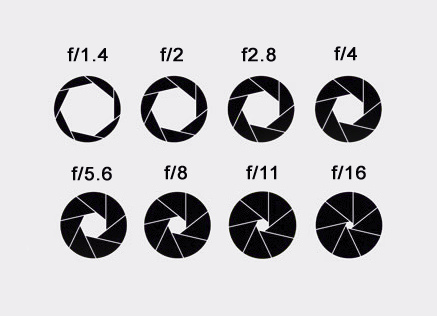
The lower the fstop (2.8, 2.0, 1.8, etc.) the bigger the door. The bigger the door, the more amount of light comes in and accumulates on the sensor. The smaller the door, the less amount accumulates.
How do Fstop and SS work together??
Well if fstop is the size of the door, and SS is how fast it opens and closes, then their relationship is directly connected. They cannot live and light with out the other! If your SS is really fast, and only opens for a tiny bit of time, then you are going to have a big door, in order to let the right amount of light in to create the proper exposure. If you door is too small and opens too fast, you wont get enough light onto the sensor, which will make the photo underexposed and dark.
Likewise, if you have your SS very slow, then the length of time the light builds up and you will want to use a small door. If you have a slow shutterspeed with a very wide fstop, then your image will be too bright.
Small door and slow shutter speed will get you a proper exposure. Big door with fast shutter speed will get you proper exposure.
Now everything is super dependent on the amount of light that is available outside as well. And this is where ISO comes in!
ISO:
ISO is an interesting concept because it was really about the quality of film that was used back in the day, and how sensitive it was to light in order to get an exposure. Now since the digital age has come, the definition on how ISO is used is just a little different. We have our sensors act as the old films and the ISO is how sensitive it becomes to the available light.
If Fstop is the size of the door to let light in, and SS is how fast the door opens to let expose the sensor, then ISO is the sensitivity of the sensor to that light. If it is super bright outside, then you don't have to worry about the quality of the light, because there is so much of it. You have so much that you will have to have your ISO as low as it could do. Usually cameras nowadays can go as low as iso 100 or even down to 50. This means that the sensor is not very sensitve to the light, to the quality is going to be very high that comes in. It is like a filter that gets rid of the bad stuff. But because it is a filter, itll take longer for your image to be properly exposed.
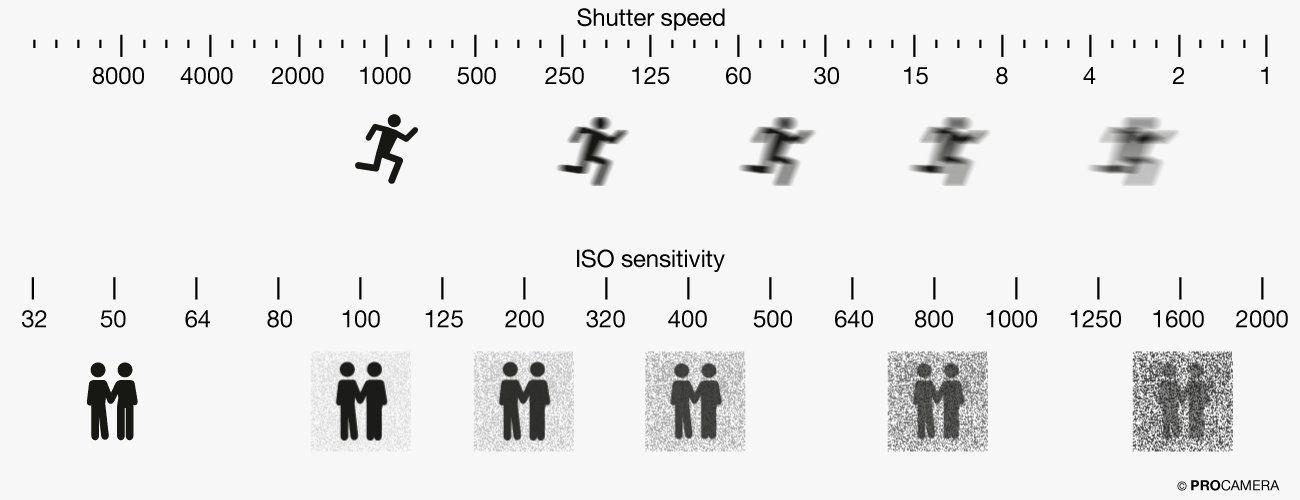
ISO is really dependent on how much light is out and about. When it gets darker, that is when we start to play around with ISO. The higher your ISO, the faster you are able to shoot, but the quality is worse because the filter is not filtering out the bad stuff like it does at lower ISO. That is why at higher ISO you start to see grain and noise in the image.
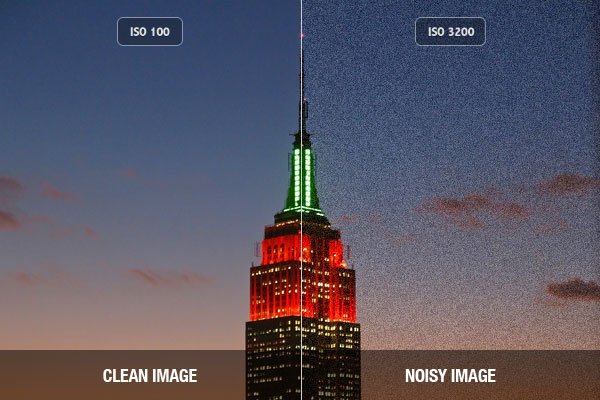
The great thing about this though is that technology is getting so good, that better sensors are coming out all of the time, and they are able to opperate at higher ISO's without compromising the quality of the image. New pro cameras can be as high at 6400 and still get great images with little-to-no noise. So this is turning the issue ISO in to something of the past. We wont have to worry about shooting in low light and getting crappy images!
So that is how all three of the elements tie in together to create the exposure triangle! When you are able to understand how each one works individually and then combine them together, you will be able to get the perfect exposure! Let me know what you think in the comments below and if there is anything else you may want me to cover. Talk to you guys later!

Victor
www.facebook.com/victorgphoto2
www.instagram.com/victorgfoto
thanks for sharing :)
This is very helpful and educational. I love how you explained the terms in layman analogies. It really makes understanding the concepts easier.
Congratulations @victorgphoto! You have completed some achievement on Steemit and have been rewarded with new badge(s) :
Click on any badge to view your own Board of Honor on SteemitBoard.
For more information about SteemitBoard, click here
If you no longer want to receive notifications, reply to this comment with the word
STOP